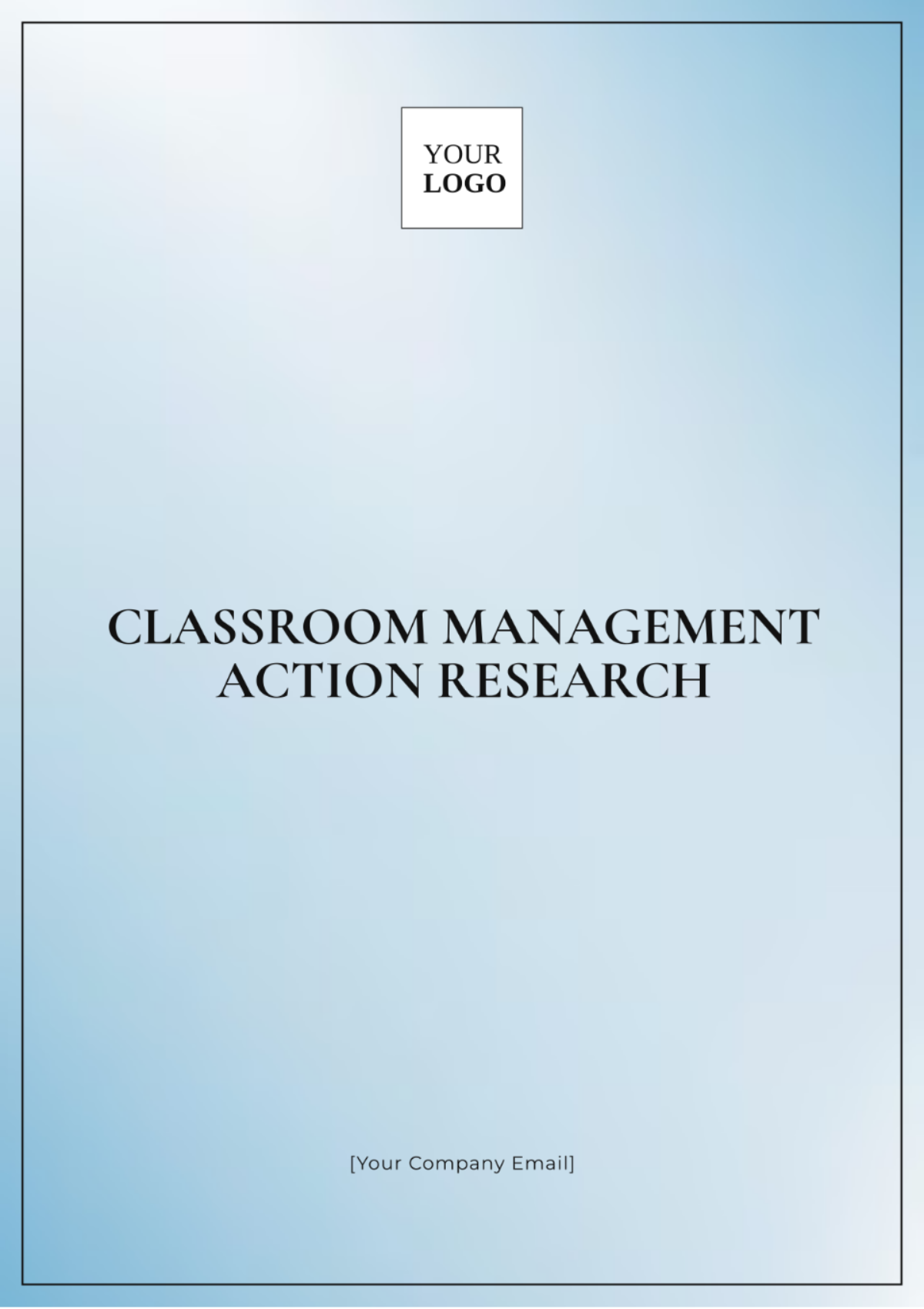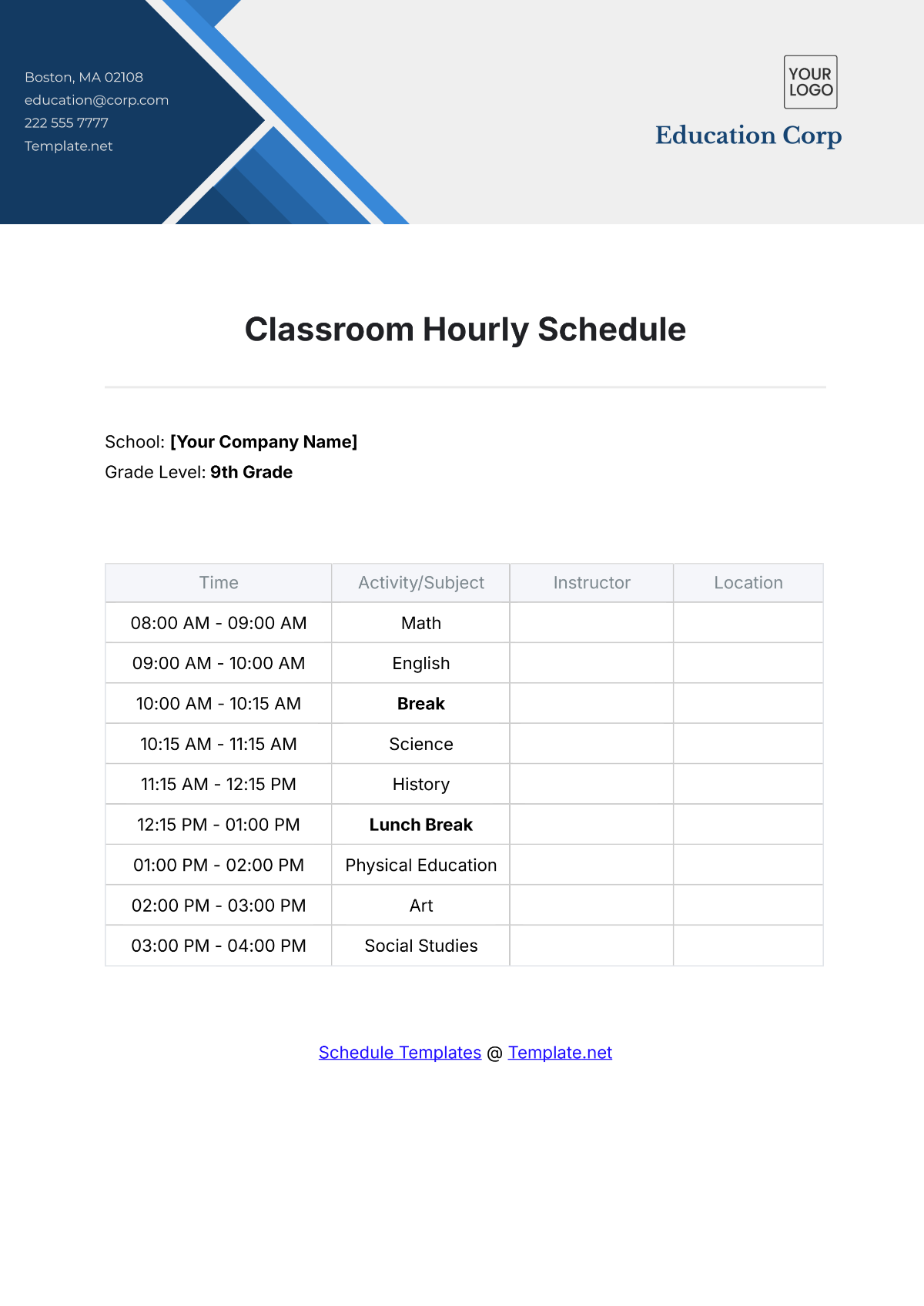College Classroom Protocol Template
Name: | [Your Name] |
Company Name: | [Your Company name] |
Date: | [Today's Date] |
I. Objectives
The first step in creating a highly effective Classroom Protocol is to clearly outline the Objectives. The objectives set the tone for the protocol's purpose and how it will be implemented.
For example, the main objectives of this College Classroom Protocol could be to establish norms for effective learning, to ensure fairness and equity, and to minimize any misunderstandings or disputes. It also aims to empower student success by outlining resources and support services available to them.
II. Protocol Overview
The Protocol Overview section provides an outline of the Protocol's key elements. This could include aspects such as facilitating effective learning, promoting accountability, ensuring fairness and equity, supporting classroom management, and empowering student success.
Each of these key aspects serve purposes that contribute to a harmonious, productive and respectful learning environment. They provide clear guidelines and standards for both the instructors and the students, reducing any ambiguities and promoting mutual respect and accountability.
III. Procedures
The Procedures section outlines specific rules and expectations that students and instructors must follow within the college classroom environment. By providing clear guidelines for conduct, attendance, assignment submissions, and communication methods, this section aims to promote a harmonious and productive learning atmosphere while minimizing misunderstandings or disputes.
1. Conduct during Class
Students are expected to engage in respectful behavior throughout each class session, refraining from disruptions such as side conversations, use of electronic devices for non-academic purposes, or any behavior that impedes the learning of others.
Active participation is encouraged, including asking questions, contributing to discussions, and engaging with course materials in a constructive manner.
Professionalism is paramount, with students expected to adhere to standards of punctuality, preparedness, and respectful interaction with both instructors and peers.
2. Attendance Expectations
Regular attendance is essential for academic success, and students are expected to attend all scheduled class sessions unless prevented by extenuating circumstances.
In the event of an unavoidable absence, students must notify the instructor in advance and make arrangements to catch up on missed material.
Consequences for excessive absences, such as grade deductions or referral to academic advising services, may apply as outlined in the course protocol.
3. Assignment Submission Guidelines:
Clear deadlines for assignments, projects, and assessments are provided, and students are responsible for submitting their work by the specified due dates.
Formatting requirements, citation styles, and any additional instructions for assignment submissions are communicated to ensure uniformity and clarity.
Students are expected to uphold principles of academic integrity, including avoiding plagiarism and properly citing sources according to the guidelines provided.
4. Communication Methods:
Students should use designated communication channels, such as email, virtual office hours, or online discussion forums, to interact with instructors and classmates.
Expectations regarding response times for inquiries and guidelines for professional communication are outlined to facilitate effective interaction.
Instructors will endeavor to provide timely feedback and support to students, addressing any questions or concerns promptly.
5. Dispute Resolution Procedures:
Procedures for disputing grades or addressing conflicts within the classroom environment are outlined.
Students are encouraged to communicate any concerns or disagreements respectfully and to follow the designated process for seeking resolution, which may involve discussion with the instructor or escalation to relevant campus resources if necessary.
IV. Data Collection
Data Collection is an essential part of this Protocol. This can include method of attendance tracking, academic performance measurement, and feedback collection. The data collected will be used to analyze the performance of students and to make improvements to the teaching methods.
The process of data collection must be transparent, equitable, and consistent for all members of the classroom. This helps in establishing a sense of fairness and integrity.
V. Safety Considerations
Safety is paramount in any learning environment. The Safety Considerations section of the Protocol should detail emergency procedures, policies on harassment and bullying, and guidelines for psychological safety and well-being.
The safety measures must be well articulated to ensure that every student and instructor is aware of them. This helps in maintaining a safe, respectful, and inclusive learning environment.
VI. Expected Results
The Expected Results section should outline the anticipated outcomes from following this Classroom Protocol. This may relate to improved behavior, better student performance, fewer incidents of disputes, and a more harmonious learning environment.
By specifying the expected results, all parties are made aware of what they are working towards. The results should be measurable to enable assessment of the protocol's effectiveness.
VII. Conclusion
In conclusion, this Classroom Protocol serves as a comprehensive guide to maintaining a healthy, respectful, and productive learning environment. It seeks to impart a sense of responsibility and respect among all members of the college classroom community.
All members, including instructors and students, are encouraged to read, understand, and adhere to this Protocol to ensure a successful and equitable academic journey.

















































